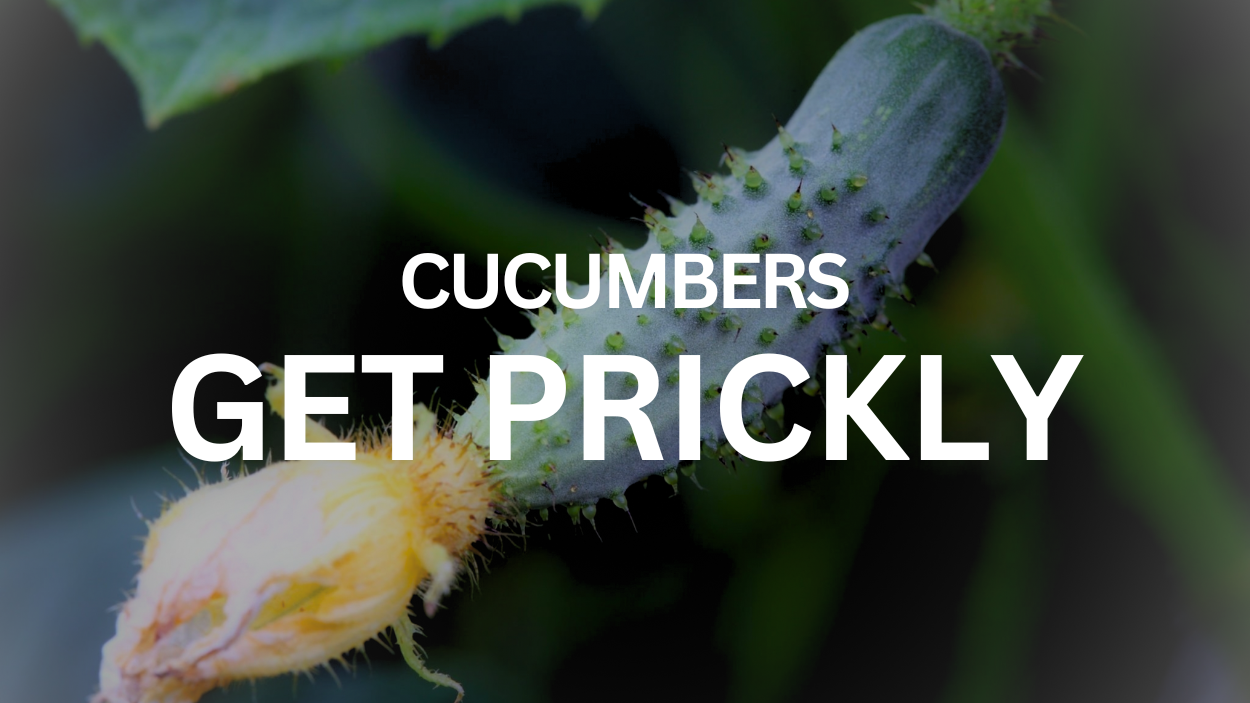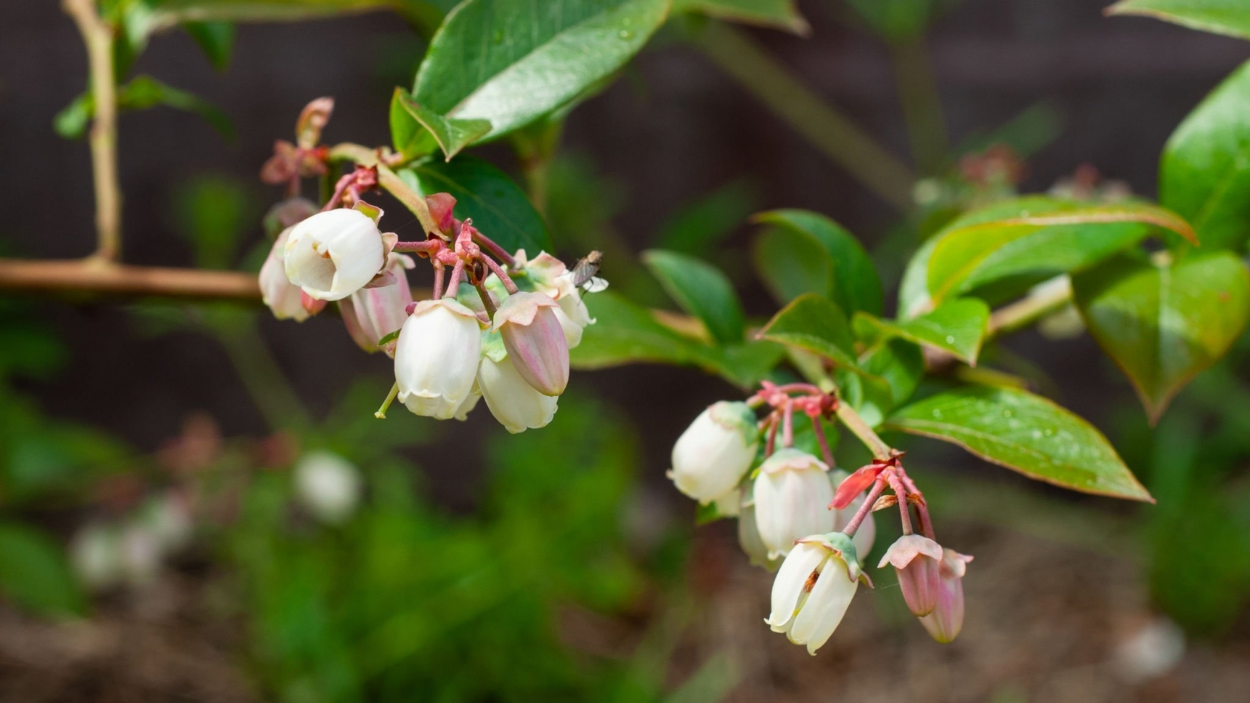Lavender is a beloved plant for its fragrant flowers and attractive foliage. Proper pruning can keep lavender bushes healthy, encourage new growth, and maximize flowering. Following a few simple steps will ensure you prune lavender effectively.
When to Prune Lavender
In general, it's best to prune lavender in the early spring, around March or April, depending on your location and the specific variety of lavender you're growing. This allows the plant to have enough time to recover and produce new growth before the heat of summer sets in.
It's also important to note that lavender can be pruned lightly throughout the growing season to promote bushy growth and prevent the plant from getting too leggy. This is called "pinching" and can be done by removing the tips of the stems to encourage branching.
Another important factor to consider when pruning lavender is the timing of the pruning in relation to the plant's flowering cycle. If you want to encourage flowers, you should prune your lavender immediately after it finishes blooming. This will give the plant enough time to produce new growth and flowers for the next blooming cycle.
On the other hand, if you want to promote foliage growth and prevent the plant from flowering, you can prune your lavender in the late summer or early fall, after the plant has finished blooming. This will encourage the plant to focus its energy on producing new leaves and stems, rather than flowers.
Ultimately, the key to pruning lavender is to monitor the plant's growth and adjust your pruning schedule accordingly. By paying attention to the plant's responses to pruning and adjusting your techniques accordingly, you can enjoy healthy, vibrant lavender plants that thrive in your garden.
How to Prune Lavender
To prune lavender bushes:
Use sharp, sterile pruning shears or garden scissors. Dull tools can damage branches.
Cut just above an outward-facing bud or node. This encourages branching and fuller plants.
Trim branches back by one-third to one-half their length. Don't cut into old, woody stems.
Remove any dead, diseased, or crossing branches from the base of the plant.
Shape the plant as desired, making sure all sides receive adequate air circulation and sunlight.
What to do After Prune Lavender
After pruning lavender, there are a few important steps to ensure healthy regrowth:
Water the plant thoroughly. New growth requires additional moisture to become established.
Apply an anti-desiccant spray to reduce water loss from the open pruning wounds.
Fertilize with a diluted solution of all-purpose fertilizer to boost new growth.
• Mulch around the base of the plant with organic material like shredded leaves or pine needles. This retains moisture and moderates soil temperatures.
With proper care after pruning, lavender plants should quickly send up new shoots from below the trimmed branches. The following summer, the pruned lavender should flower abundantly, releasing its sweet fragrance into the garden. Regular pruning is key to keeping lavender bushes productive for many years.




